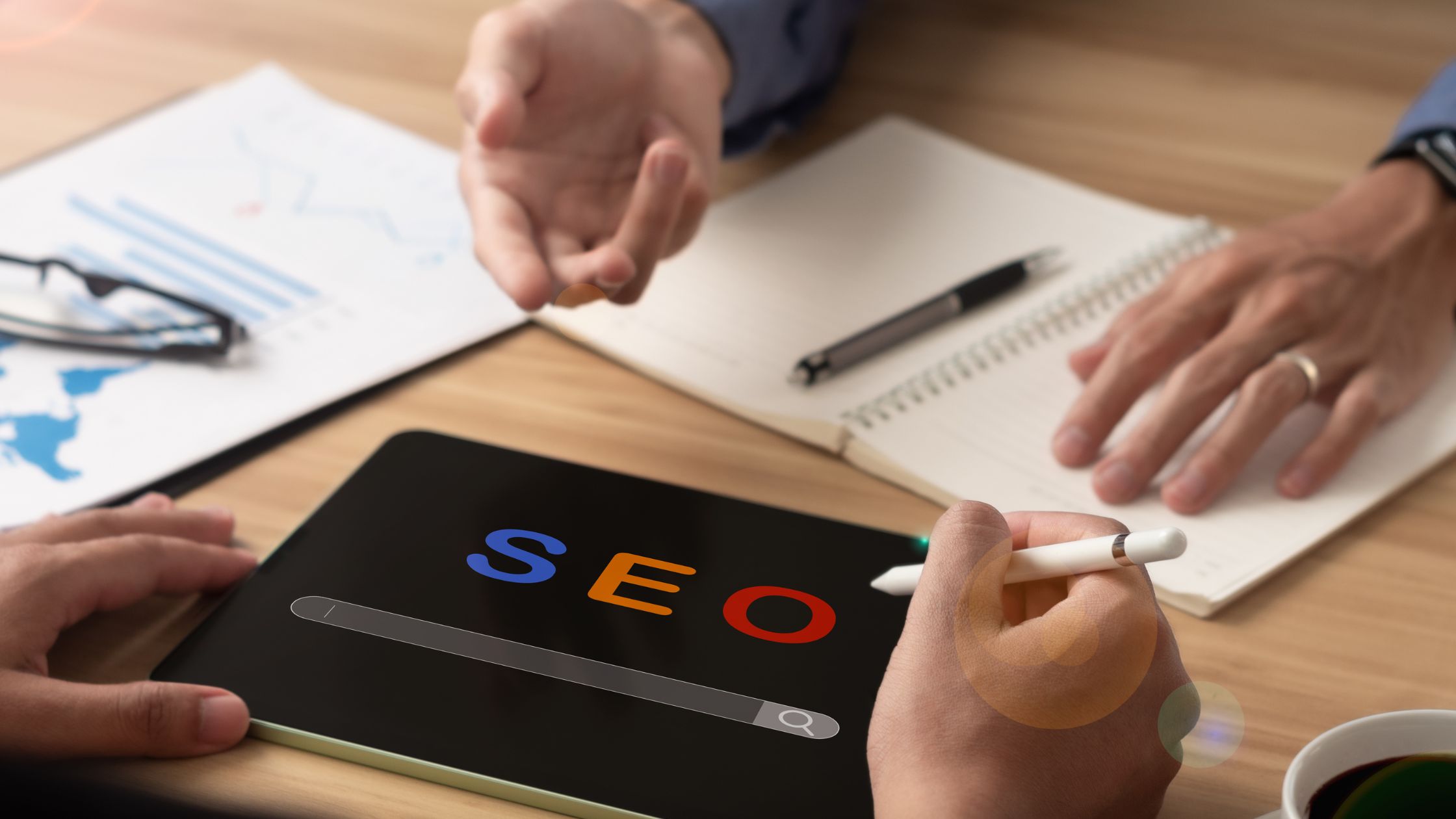Boost Business with Website Design and Development
Boosting your business starts with a powerful online presence. Website design and development play a crucial role in attracting visitors, building trust, and converting leads. A well-crafted website can elevate your brand and drive long-term growth and success. What Is Website Design? Website design focuses on a site’s look, feel, and usability. Designers carefully select typography, color schemes, images, and layouts to ensure that users enjoy a smooth and intuitive experience. They also produce wireframes and mockups that guide development teams in turning concepts into fully functional pages. Additionally, designers prioritize user experience (UX), ensuring that websites not only look appealing but are also easy to navigate. They may leverage tools like Adobe XD, Sketch, or Figma to create pixel-perfect visuals that resonate with the brand’s identity. What Is Website Development? In contrast, website development handles the behind-the-scenes coding that powers everything users interact with. Developers turn design prototypes into actual web pages using programming languages like HTML, CSS, JavaScript, PHP, or Python. There are two primary branches in development: Front-End Development This involves what users see—buttons, forms, and content. It brings design to life using HTML for structure, CSS for styling, and JavaScript for interactivity. Back-End Development This part manages servers, databases, and application logic. Back-end developers use frameworks such as Django, Laravel, and Express.js to ensure smooth data handling and secure server-side operations. The Synergy Between Design and Development Designers and developers must collaborate seamlessly to create an effective website. While designers focus on user journeys and aesthetic appeal, developers ensure these visions operate smoothly in real-time. For this reason, communication is key. Tools like Figma’s Dev Mode enable both teams to share assets, measure designs, and translate mockups into clean, functional code. As a result, the development process becomes faster and more efficient. Key Differences Between Website Design and Development Understanding the key differences between website design and development helps in aligning project goals and ensuring seamless collaboration between teams. Purpose and Focus Website design emphasizes visual appeal and user engagement, while development centers on coding, functionality, and performance to ensure smooth and reliable site operations for users. Tools and Platforms Designers use tools like Adobe XD and Figma for layouts, while developers utilize coding environments, frameworks, and databases to build and manage website functionality behind the scenes. Skills and Expertise Designers excel in visual composition, branding, and UX strategies. Developers, on the other hand, specialize in programming, server management, and integrating technical components for user interaction. Workflow and Output Designers deliver wireframes, mockups, and style guides. Developers convert these visual elements into dynamic, interactive websites using clean, structured code that meets technical and performance standards. End-User Interaction Design directly affects how users perceive and navigate the site, while development determines how well the site functions during real-time interactions, including page loads and data processing. Core Elements of Effective Website Design and Development To build a top-tier website, you need more than attractive visuals or clean code. You must focus on several key areas: Seamless Layout and Navigation An intuitive layout is essential for keeping visitors engaged. Grid systems, wireframes, and responsive designs help guide users effortlessly through content. In addition, white space and consistent menus contribute to clarity and ease of use. Engaging and Personalized Content Content should speak directly to your target audience. Dynamic features—like personalized recommendations or real-time content updates—can drastically enhance user engagement. Also, incorporating clear call-to-actions encourages users to take the next step. Interactivity Adding interactive features like micro-animations, gamified experiences, and parallax scrolling improves user engagement. These effects can be implemented using JavaScript or frameworks like React and Vue. Visual Appearance First impressions count. Use high-resolution images, web-friendly fonts, and an appealing color palette to captivate your audience. A consistent visual identity, backed by a well-defined design system, ensures brand recognition. Performance and Responsiveness No matter how beautiful your website is, it must be fast and responsive. Optimize images, enable lazy loading, and minimize unnecessary scripts. Moreover, responsive design ensures the site functions well across all devices. Why Website Design and Development Matter for Businesses In today’s competitive digital landscape, a business’s website is often its first impression. A professionally designed and developed website builds trust, supports branding, and drives conversions. Moreover, sites that incorporate both good design and robust development rank higher in search engines, resulting in increased visibility and traffic. Additionally, with more users accessing sites via mobile, mobile responsiveness has become non-negotiable. Developers and designers must collaborate to ensure optimal viewing experiences across all screen sizes. How Agencies Approach Website Design and Development When you hire a full-service agency, you get access to a dedicated team of professionals—designers, developers, project managers, and SEO specialists. They’ll work together to understand your goals, research your competitors, and build a site tailored to your business objectives. Furthermore, full-service agencies often include SEO strategies in their development process. This ensures that your site is optimized for search engines from day one, leading to more organic traffic and better lead generation. Conclusion A modern website is much more than a digital business card. It’s an interactive platform that represents your brand, connects with your audience, and drives your objectives forward. To achieve this, businesses must invest in both creative website design and robust development. When these two disciplines align, the result is a fast, user-friendly, visually appealing, and high-performing website. For custom solutions in website design and development, trust the experts at Blogrator Web Service. FAQs What is the difference between website design and development? Website design deals with the site’s look and user experience, while development brings those designs to life through coding and functionality. Why is responsive design important in modern websites? Responsive design ensures that your website adapts to different screen sizes, offering a seamless experience across devices like smartphones, tablets, and desktops. How do I choose between front-end and back-end development services? Choose front-end development when focusing on visual elements users interact with. Opt for back-end development when you need server-side logic, database integration, or complex functionality. Can




